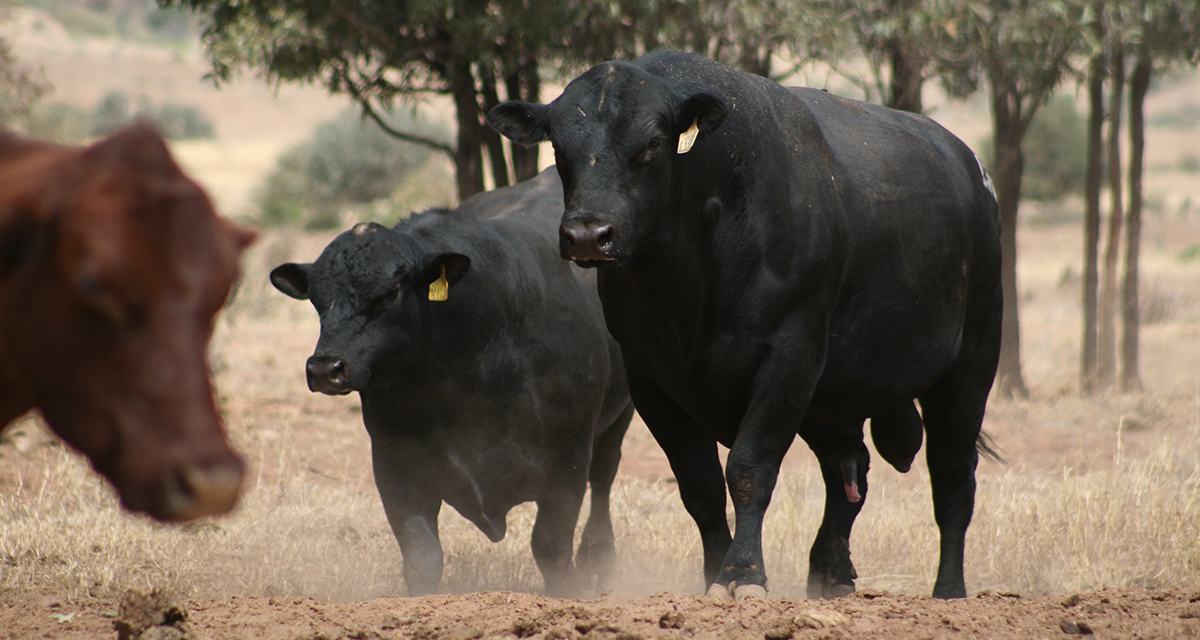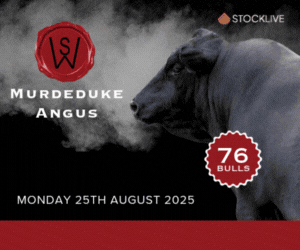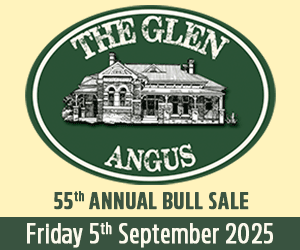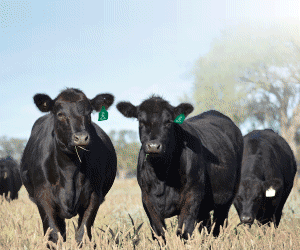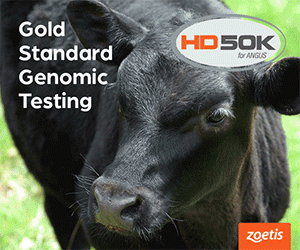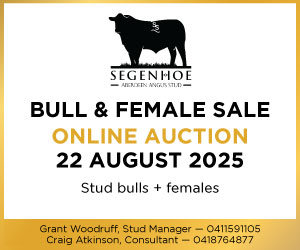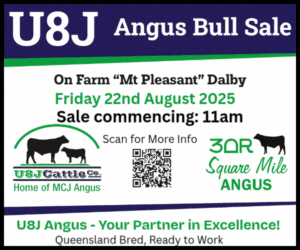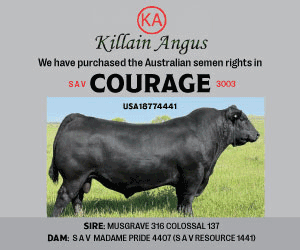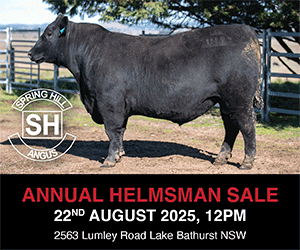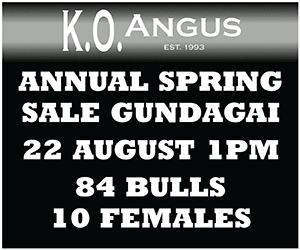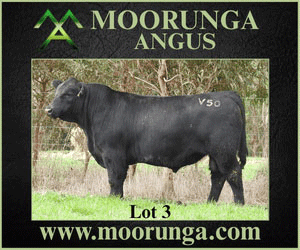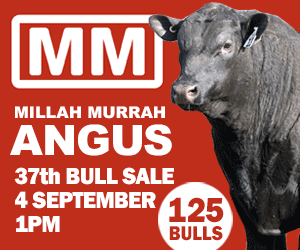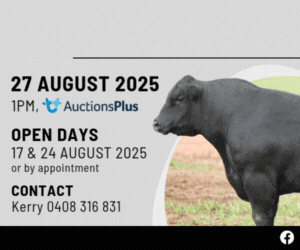Selecting suitable bulls and managing their acclimatisation is vital for a bull to deliver reproductive and genetic impact to herds in northern environments. This was the key message from Northern Development Office, Jen Peart at Angus Australia’s Autumn Angus CONNECT Research and Development Update that premiered on the 25th of May.
During her presentation, Ms Peart discussed the considerations that should be accounted for in finding, selecting and keeping Angus bulls in northern operations.
“Given the magnitude of a bull’s impact on a herd and burgeoning bull prices, it is vital that producers in the North get results and longevity from Angus bulls they are investing in. The initial step in finding suitable Angus bulls is defining what you are looking for,” says Ms Peart.
“Having a defined breeding objective, three to five traits that you choose to prioritise in your breeding operation, that takes into account your environment, profit drivers and target market is vital to identifying suitable bulls to your operation. Regardless of the traits your operations focuses on for your breeding objective it is important you know what traits you want to improve with the bull selection decisions you are making,” says Ms Peart.
Once a breeding objective is defined, tools such as SaleSELECT (available through angus.tech) enables users to sort and filter bulls offered for sale by Angus Australia members by information such as EBVs, location and animal age and can form the basis of a shortlist.
Understanding the production environment that a bull is coming from is vital to managing its acclimatisation. Ms Peart encourages contacting the seedstock producer to discuss their operation and the breeding objectives they have for their herd.
“Seedstock producers have a wealth of knowledge and experience that it is worth leveraging. Conversations should include understanding a bull’s pre-sale diet as well as health treatments to date and vet assessments results,” says Ms Peart.
Ms Peart states that from this point it is all about managing the bull’s physical acclimatisation, including;
- planning their relocation in the cooler months (i.e. avoid the hotter periods)
- provide time and the appropriate nutritional supplement while making the transition to new feed and,
- confirming that they have all the appropriate health treatments
“A minimum of 14 days is recommended to allow a bull and the rumen microbiome to adjust to pastures in a new environment, but it may take 4-6 weeks for a bull’s rumen to fully adjust to a change in feed. With appropriate management, there is also a growing preference to select bulls at an age of 12-18 months old as they have been found to acclimatise more quickly leading to greater longevity in northern environments.” states Ms Peart.
Ms Peart went on to discuss managing a bull once he is at work in a herd.
“Due to their strong libidos, Angus bulls are best suited to controlled mating situations and work best when grouped with bulls of a similar age. Ideally, they should be observed regularly during joining and it is also recommended that mustering Angus bulls during periods of extreme heat should be avoided.” says Ms Peart.
Post joining should see the bull removed from the breeding herd to regain body condition, be provided any treatments necessary such as booster vaccinations and for an annual BullCHECK evaluation to be done.
“Identifying suitable Angus bulls and managing their aclimatisation, particularly in Northern Australia is vital for a bull you have invested in to deliver reproductive and genetic impact to your herd.” says Ms Peart.
The information presented in the session was largely based on the Northern Bull Protocols, available on the Northern Focus section of the Angus Australia website. Through Angus Australia and the Northern Development program there is a vast array of resources that have been developed to assist producers in finding, getting and keeping Angus bulls into Northern operation.
For further information regarding Angus Australia’s Northern Development Program please contact Jen Peart at jen.peart@angusaustralia.com.au.

